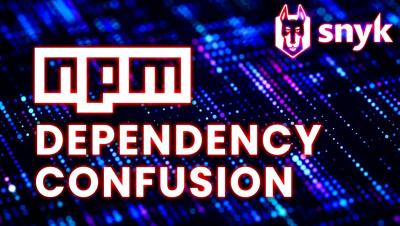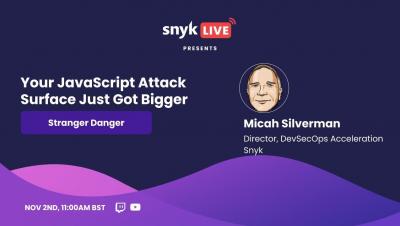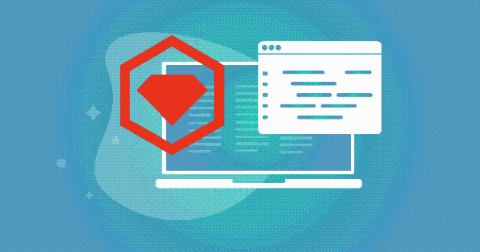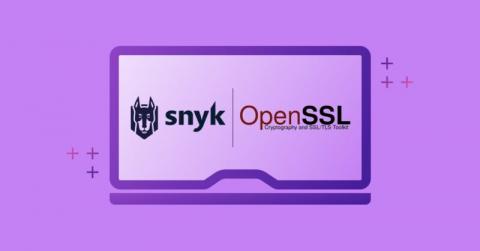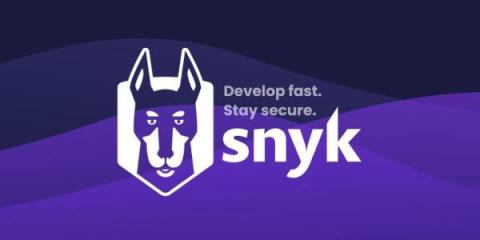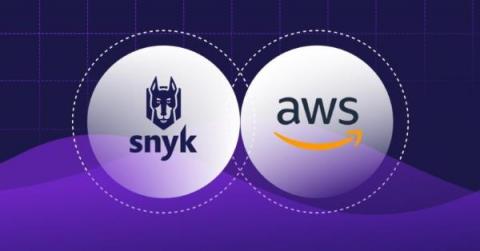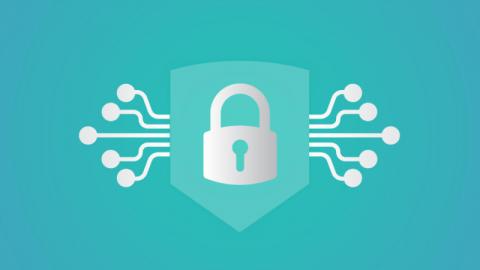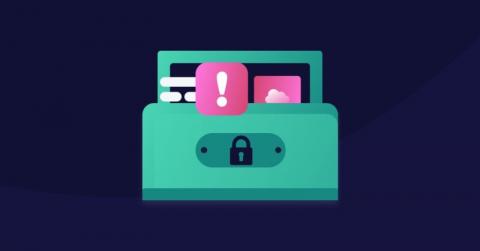Security | Threat Detection | Cyberattacks | DevSecOps | Compliance
Snyk
Secure Python URL validation
Everything on the internet has a Uniform Resource Locator (URL) that uniquely identifies it — allowing Internet users to gain access to files and other media. For instance, this article has a unique URL that helps search engine optimization (SEO) crawlers index it for users to find. The first definition of the URL syntax is in the 1994 Request for Comments (RFC) 1738. Since then, the structure of URLs has gone through many revisions to improve their security.
Stranger Danger: Your JavaScript Attack Surface Just Got Bigger
Ruby on Rails Docker for local development environment
Hi there Ruby developers! If you’ve been looking for an effective way to establish a Ruby on Rails Docker setup for your local development environment, then this post is for you. It’s a continuation of our previous article on how to install Ruby in a macOS for local development. Ruby developers frequently need to account for a database when building a Ruby on Rails project, as well as other development environment prerequisites.
Update: OpenSSL high severity vulnerabilities
OpenSSL has released two high severity vulnerabilities — CVE-2022-3602 and CVE-2022-3786 — related to buffer overrun. OpenSSL initially rated CVE-2022-3602 as critical, but upon further investigation, it was reduced to high severity.
Scaling your security team without hiring
The cybersecurity industry’s current struggle — to close a significant gap between the numbers of job openings and qualified candidates — began years before the coronavirus pandemic sparked the Great Resignation. Today, (ISC)² reports a global cybersecurity workforce gap of 2.7 million people. The pandemic did compel enterprises to accelerate their migration of applications to the cloud, increasing the challenge for already-overwhelmed security teams.
New OpenSSL critical vulnerability: What you need to know
On Oct 25, 2022 The OpenSSL project announced a forthcoming release of OpenSSL (version 3.0.7) to address a critical security vulnerability. This release should go live on Tuesday, November 1, 2022 between 1300 and 1700 UTC. Snyk has published a placeholder advisory with the current known details, and will update the advisory when official vulnerability details are publicized. The last critical vulnerability in OpenSSL was released in 2016.
Top 5 scary AWS misconfigurations
In 2022, AWS (Amazon Web Services) remains one of the dominant cloud platforms and continues to be recognized as a leader in Cloud Infrastructure and Platform Services. AWS accounts for 34% of the cloud infrastructure service providers, so many organizations today have either all, most, or at least some of their infrastructure on AWS.
How to create SBOMs in Java with Maven and Gradle
When building applications in Java, we highly depend on external libraries and frameworks. And each Java package that is imported likely also depends on more libraries. This means that the amount of Java packages included in your application is often not really transparent. As a developer, these nested (transitive) dependencies create the problem that you probably do not know all the libraries you are actually using.
Why fuzzing tools should be part of your security toolkit
Fuzzing is a software security testing technique that automatically provides invalid and random input to an application to expose bugs. The goal of fuzzing is to stress the application to cause unexpected behavior, crashes, or resource leaks. It allows us, as developers, to understand the behavior and vulnerability of applications more comprehensively. We use fuzzing tools, referred to as fuzzers, to perform this kind of testing.


